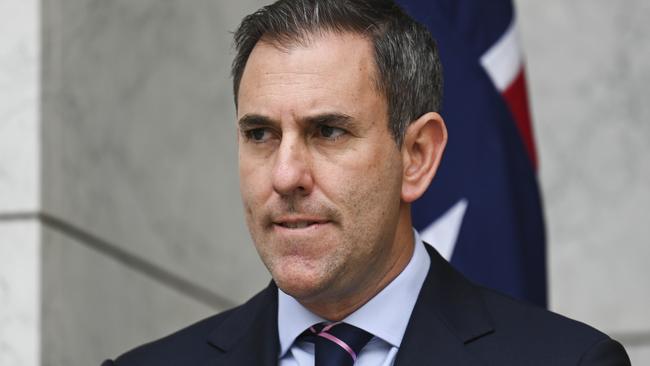
“You want the board to avoid groupthink and question the analysis and recommendations of the RBA staff,” said Jonathan Kearns, who spent 28 years at the RBA. “If you look at other central banks’ policy committees, they have people who are more skilled to do that,” he added.
Currently chief economist at investment manager Challenger, Dr Kearns said the board system as it stood reflected a bygone era.
“The current RBA board structure derives from the board of the Commonwealth Bank of Australia when it was government owned, which was mimicking a commercial board. It was never designed for modern monetary policy decision making,” he said.
Treasurer Jim Chalmers has been pushing to modernise the RBA’s board system over the past year after an independent review of the central bank recommended the creation of a dual board system – one for setting interest rates, the other for governance.
The policy-setting board would include monetary policy experts with the necessary expertise that would allow the internal recommendations of the RBA to be challenged.
The current board has six external board members, but they aren’t required to be monetary policy experts. The remaining members are the RBA governor, deputy governor and Treasury secretary.
The plans for reform stalled in parliament after the Liberal-National coalition withdrew its co-operation, arguing that the changes would result in the new board being stacked by left-wing academics and unionists. Dr Chalmers has now turned to the Greens for support.
“The current members of the board are all well credentialed, but ironically generally with skills for a governance board, for which they had no responsibility at the RBA,” Dr Kearns said.
“So there’s a strong argument for a change in the skill mix on the board,” he added.
Dr Kearns believes that policymaking processes at the RBA can be improved, but he doesn’t think the review of the RBA came up with the best model for change.
The review recommended that the board should still have six external policy experts, something that will shift the balance of power at policy meetings.
“Having six external members who are part-time and working only one day a week, considerably outnumbering the full-time internal experts … isn’t the best structure,” he said.




While efforts to reform the interest-rate setting board of the Reserve Bank stalled this month, a former senior manager at the central bank says there’s still a good reason to reignite the process, arguing the current system is antiquated and promotes groupthink.